Introduction
The intersection of artificial intelligence and blockchain technology has produced numerous innovations, but few have the potential architectural significance of X402. This internet protocol, developed by Coinbase and Cloudflare, is positioning itself as the standard for machine-to-machine payments in an increasingly AI-driven digital economy.
What is X402?
X402 is an open protocol designed specifically for internet-native payments. To understand its significance, we need to consider how the internet operates through layered protocols:
- HTTP/HTTPS: Powers web browsing
- SMTP: Enables email communication
- FTP: Facilitates file transfers
- X402: Enables seamless payment transactions
While these protocols have existed for decades, X402 - despite being available for over ten years - has only recently found its primary use case: enabling autonomous AI agents to conduct commerce without human intervention.
The Problem X402 Solves
Traditional digital payments require several prerequisites that create friction for automated systems:
- Account Creation: Services typically require user registration with identity verification
- Subscription Models: Monthly or annual billing cycles don't align with usage-based AI operations
- Payment Processing Delays: Traditional payment rails operate on settlement cycles incompatible with real-time AI interactions
- Cross-Platform Complexity: Different services require different authentication and payment methods
AI agents operating autonomously need to:
- Access services immediately without manual account setup
- Pay per-request rather than commit to subscriptions
- Transact in real-time with minimal latency
- Maintain wallet functionality for financial operations
X402 addresses these challenges by creating a standardized payment layer that operates at the protocol level.
How X402 Works
The protocol functions as a real-time usage billing meter integrated directly into API requests. Here's a simplified workflow:
- AI Agent Request: An AI agent needs to access a service (e.g., data query, computation, API call)
- X402 Header: The request includes X402 payment information in the protocol header
- Service Verification: The service provider validates the payment capability
- Transaction Execution: Payment processes automatically, often in fractions of a penny
- Service Delivery: The requested service is provided immediately upon payment confirmation
This architecture enables transactions "up to a penny in under a second," according to protocol specifications.
Real-World Implementation: Token Metrics API
One of the most practical examples of X402 integration comes from Token Metrics, which has implemented X402 as a pay-per-call option for their cryptocurrency analytics API. This implementation demonstrates the protocol's value proposition in action.
Token Metrics X402 Pricing Structure:
- Cost per API call: $0.017 - $0.068 (depending on endpoint complexity)
- Commitment: None required
- Monthly limits: Unlimited API calls
- Rate limiting: Unlimited
- Endpoint access: All endpoints available
- Historical data: 3 months
- Web sockets: 1 connection
Why This Matters:
This pricing model fundamentally differs from traditional API access:
Traditional Model:
- Monthly subscription: $X per month (regardless of usage)
- Commitment period required
- Fixed tier with call limits
- Manual account setup and payment processing
X402 Model:
- Pay only for actual requests made
- No upfront commitment or subscription
- Scale usage dynamically
- AI agents can access immediately without human intervention
For AI agents performing crypto market analysis, this creates significant efficiency:
- An agent needing only 100 API calls per month pays ~$1.70-$6.80
- Traditional subscription might cost $50-500 monthly regardless of usage
- Agent can start making requests immediately without registration workflow
- Usage scales perfectly with need
This implementation showcases X402's core value proposition: removing friction between autonomous systems and the services they consume.
Current Adoption Landscape
Analysis of X402scan data reveals the emerging adoption patterns:
Leading Facilitators:
- Coinbase: Naturally leading adoption as a protocol co-creator
- Token Metrics: Providing crypto data API access via X402
- PayAI: Solana-focused payment facilitator gaining traction
- OpenX402: Independent implementation showing growing transaction volume
- Various AI Agents: Individual agents implementing X402 for service access
Transaction Metrics (30-day trends):
- Coinbase maintains 4x transaction volume compared to competitors
- PayAI experienced significant volatility with 8x price appreciation followed by sharp corrections
- Slot-based gambling and AI analyst services showing unexpected adoption
Technical Integration Examples
Several platforms have implemented X402 functionality:
API Services:
Rather than requiring monthly subscriptions, API providers can charge per request. Token Metrics exemplifies this model - an AI agent queries their crypto analytics API, pays between $0.017-$0.068 via X402 depending on the endpoint, and receives the data - all within milliseconds. The agent accesses:
- Unlimited API calls with no rate limiting
- All available endpoints
- 3 months of historical data
- Real-time web socket connection
This eliminates the traditional friction of:
- Creating accounts with email verification
- Adding payment methods and billing information
- Committing to monthly minimums
- Managing subscription renewals
AI Agent Platforms:
- Virtuals Protocol: Integrating X402 alongside proprietary solutions
- AIXBT Labs: Enabling builders to integrate AI agents via X402
- Eliza Framework: Supporting X402 for Solana-based agent development
Cross-Chain Implementation: X402 operates on multiple blockchain networks, with notable activity on Base (Coinbase's Layer 2) and Solana.
Market Implications
The emergence of X402 as a standard has created several market dynamics:
Narrative-Driven Speculation: Projects announcing X402 integration have experienced significant short-term price appreciation, suggesting market participants view the protocol as a value catalyst.
Infrastructure vs. Application Layer: The protocol creates a distinction between:
- Infrastructure providers (payment facilitators, protocol implementations)
- Application layer projects (AI agents, services utilizing X402)
Competitive Landscape: X402 faces competition from:
- Proprietary payment solutions developed by individual platforms
- Alternative blockchain-based payment protocols
- Traditional API key and authentication systems
Use Cases Beyond AI Agents
While AI commerce represents the primary narrative, X402's architecture supports broader applications:
Data Services: As demonstrated by Token Metrics, any API provider can implement pay-per-request pricing. Applications include:
- Financial market data
- Weather information services
- Geolocation and mapping APIs
- Machine learning model inference
- Database queries
Micropayment Content: Publishers could charge per-article access at fractional costs
IoT Device Transactions: Connected devices conducting autonomous commerce
Gaming Economies: Real-time, granular in-game transactions
Computing Resources: Pay-per-compute models for cloud services
The Economics of X402 for Service Providers
Token Metrics' implementation reveals the business model advantages for service providers:
Revenue Optimization:
- Capture value from low-usage users who wouldn't commit to subscriptions
- Eliminate customer acquisition friction
- Reduce churn from users only needing occasional access
- Enable price discovery through usage-based metrics
Market Access:
- AI agents represent new customer segment unable to use traditional payment methods
- Automated systems can discover and integrate services programmatically
- Lower barrier to trial and adoption
Operational Efficiency:
- Reduce customer support overhead (no subscription management)
- Eliminate billing disputes and refund requests
- Automatic revenue recognition per transaction
Challenges and Considerations
Several factors may impact X402 adoption:
Technical Complexity: Implementing X402 requires protocol-level integration, creating barriers for smaller developers.
Network Effects: Payment protocols succeed through widespread adoption. X402 competes with established systems and must reach critical mass.
Blockchain Dependency: Current implementations rely on blockchain networks for settlement, introducing:
- Transaction costs (gas fees)
- Network congestion risks
- Cross-chain compatibility challenges
Pricing Discovery: As seen with Token Metrics' range of $0.017-$0.068 per call, establishing optimal pricing requires experimentation. Too high and traditional subscriptions become competitive; too low and revenue suffers.
Regulatory Uncertainty: Automated machine-to-machine payments operating across borders face unclear regulatory frameworks.
Market Maturity: The AI agent economy remains nascent. X402's long-term relevance depends on AI agents becoming standard economic actors.
Comparing X402 to Alternatives
Traditional API Keys with Subscriptions:
- Advantage: Established, widely understood, predictable revenue
- Disadvantage: Requires manual setup, subscription billing, slower onboarding, higher commitment barrier
- Example: $50/month for 10,000 calls whether used or not
X402 Pay-Per-Call:
- Advantage: Zero commitment, immediate access, perfect usage alignment, AI-agent friendly
- Disadvantage: Variable costs, requires crypto infrastructure, emerging standard
- Example: $0.017-$0.068 per actual call, unlimited potential usage
Cryptocurrency Direct Payments:
- Advantage: Direct peer-to-peer value transfer
- Disadvantage: Lacks standardization, higher complexity per transaction, no protocol-level support
Payment Processors (Stripe, PayPal):
- Advantage: Robust infrastructure, legal compliance
- Disadvantage: Minimum transaction amounts, settlement delays, geography restrictions
X402's differentiator lies in combining protocol-level standardization with crypto-native functionality optimized for automated systems, as demonstrated by Token Metrics' implementation where AI agents can make sub-dollar API calls without human intervention.
Development Resources
For developers interested in X402 integration:
Documentation: X402.well (protocol specifications)
Discovery Platforms: X402scan (transaction analytics), The Bazaar (application directory)
Integration Frameworks: Virtuals Protocol, Eliza (Solana), various Base implementations
Live Examples: Token Metrics API (tokenmetrics.com/api) demonstrates production X402 implementation
Several blockchain platforms now offer X402 integration libraries, lowering implementation barriers.
Market Performance Patterns
Projects associated with X402 have demonstrated characteristic patterns:
Phase 1 - Announcement: Initial price appreciation upon X402 integration news Phase 2 - Peak Attention: Maximum price when broader market attention focuses on X402 narrative Phase 3 - Stabilization: Price correction as attention shifts to next narrative
PayAI's trajectory exemplifies this pattern - rapid 8x appreciation followed by significant correction within days. This suggests X402-related assets behave as narrative-driven trading vehicles rather than fundamental value plays, at least in current market conditions.
However, service providers implementing X402 functionality (like Token Metrics) represent a different category - they're adding practical utility rather than speculating on the protocol itself.
Future Outlook
The protocol's trajectory depends on several factors:
AI Agent Proliferation: As AI agents become more autonomous and economically active, demand for payment infrastructure grows. Early implementations like Token Metrics' API access suggest practical demand exists.
Developer Adoption: Whether developers choose X402 over alternatives will determine market position. The simplicity of pay-per-call models may drive adoption.
Service Provider Economics: If providers like Token Metrics successfully monetize X402 access, other API services will follow. The ability to capture previously inaccessible low-usage customers creates compelling economics.
Institutional Support: Coinbase's backing provides credibility, but sustained development and promotion are necessary.
Regulatory Clarity: Clear frameworks for automated, cross-border machine transactions would reduce adoption friction.
Interoperability Standards: Success may require coordination with other emerging AI commerce protocols.
Conclusion
X402 represents an attempt to solve genuine infrastructure challenges in an AI-driven economy. The protocol's technical architecture addresses real friction points in machine-to-machine commerce, as demonstrated by Token Metrics' implementation of pay-per-call API access at $0.017-$0.068 per request with no commitments required.
This real-world deployment validates the core thesis: AI agents need frictionless, usage-based access to services without traditional account creation and subscription barriers. However, actual adoption remains in early stages, and the protocol faces competition from both traditional systems and alternative blockchain solutions.
For market participants, X402-related projects should be evaluated based on:
- Actual transaction volume and usage metrics (not just speculation)
- Developer adoption and integration depth
- Real service implementations (like Token Metrics API)
- Competitive positioning against alternatives
- Sustainability beyond narrative-driven speculation
The protocol's long-term relevance will ultimately be determined by whether AI agents become significant economic actors requiring standardized payment infrastructure. While the technical foundation appears sound and early implementations show promise, market validation remains ongoing.
Key Takeaways:
- X402 enables real-time, micropayment commerce for AI agents
- Token Metrics API offers practical X402 implementation at $0.017-$0.068 per call with no commitments
- Protocol operates at the internet infrastructure layer, similar to HTTP or SMTP
- Pay-per-call model eliminates subscription friction and enables AI agent access
- Current adoption concentrated on Base and Solana blockchains
- Market interest has driven speculation in X402-related projects
- Service provider implementations demonstrate real utility beyond speculation
- Long-term success depends on AI agent economy maturation
This analysis is for informational purposes only. X402 adoption and associated project performance remain highly uncertain and subject to rapid change.

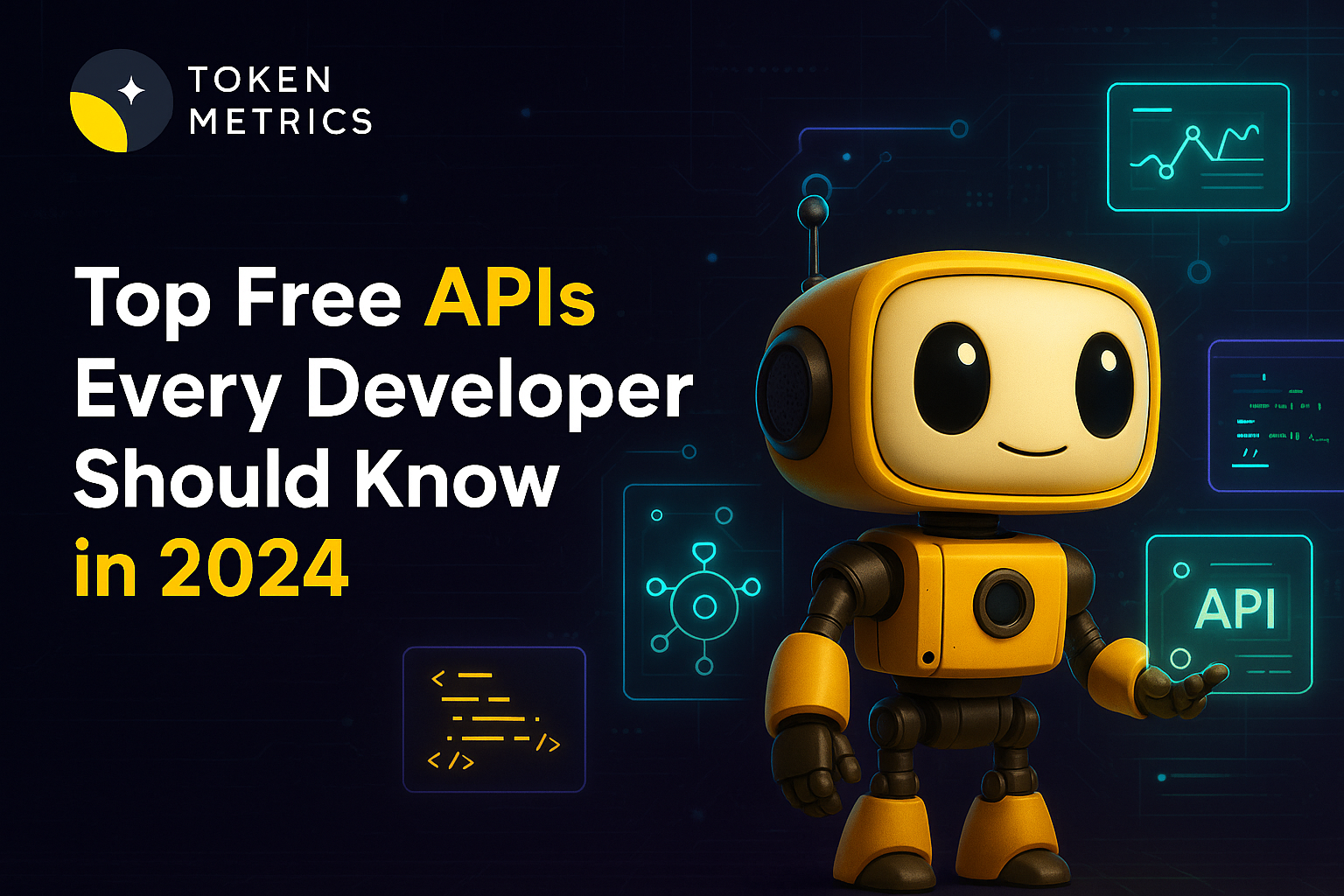

.svg)


.png)




%201.svg)
%201.svg)


%201.svg)




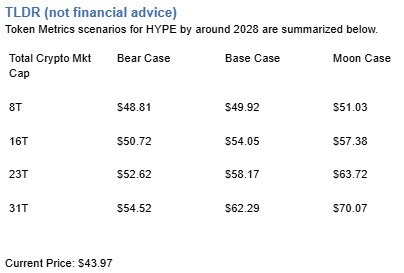
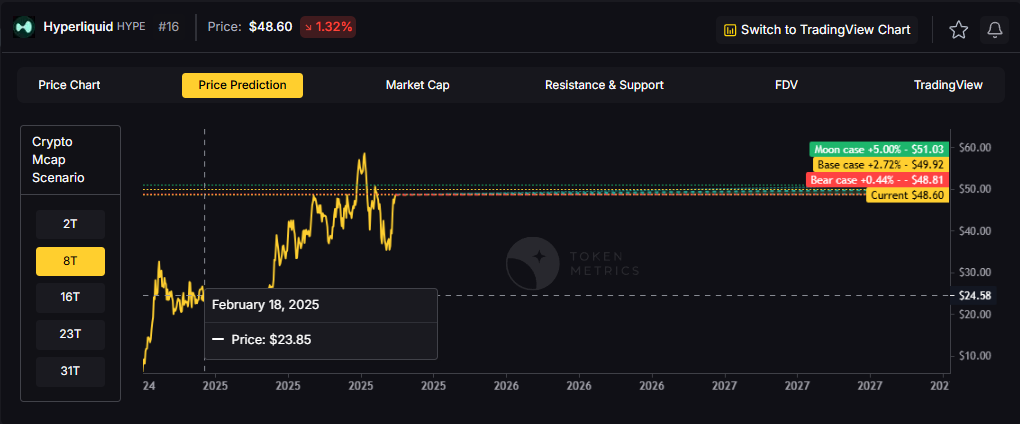


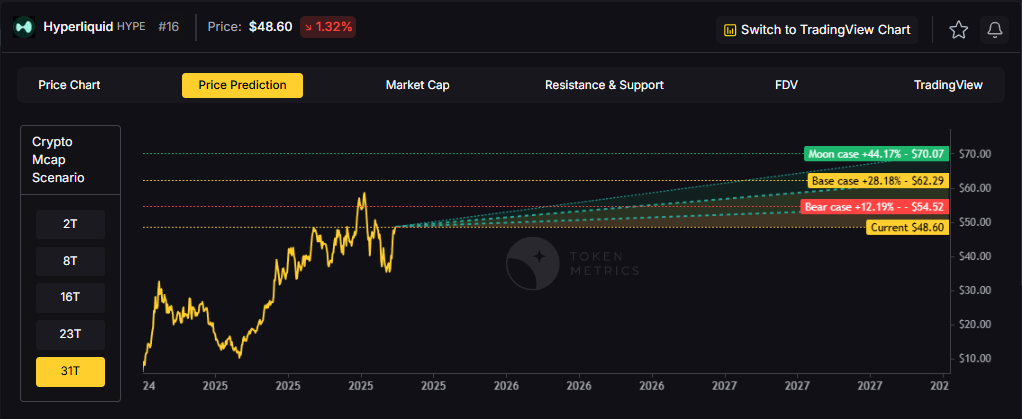

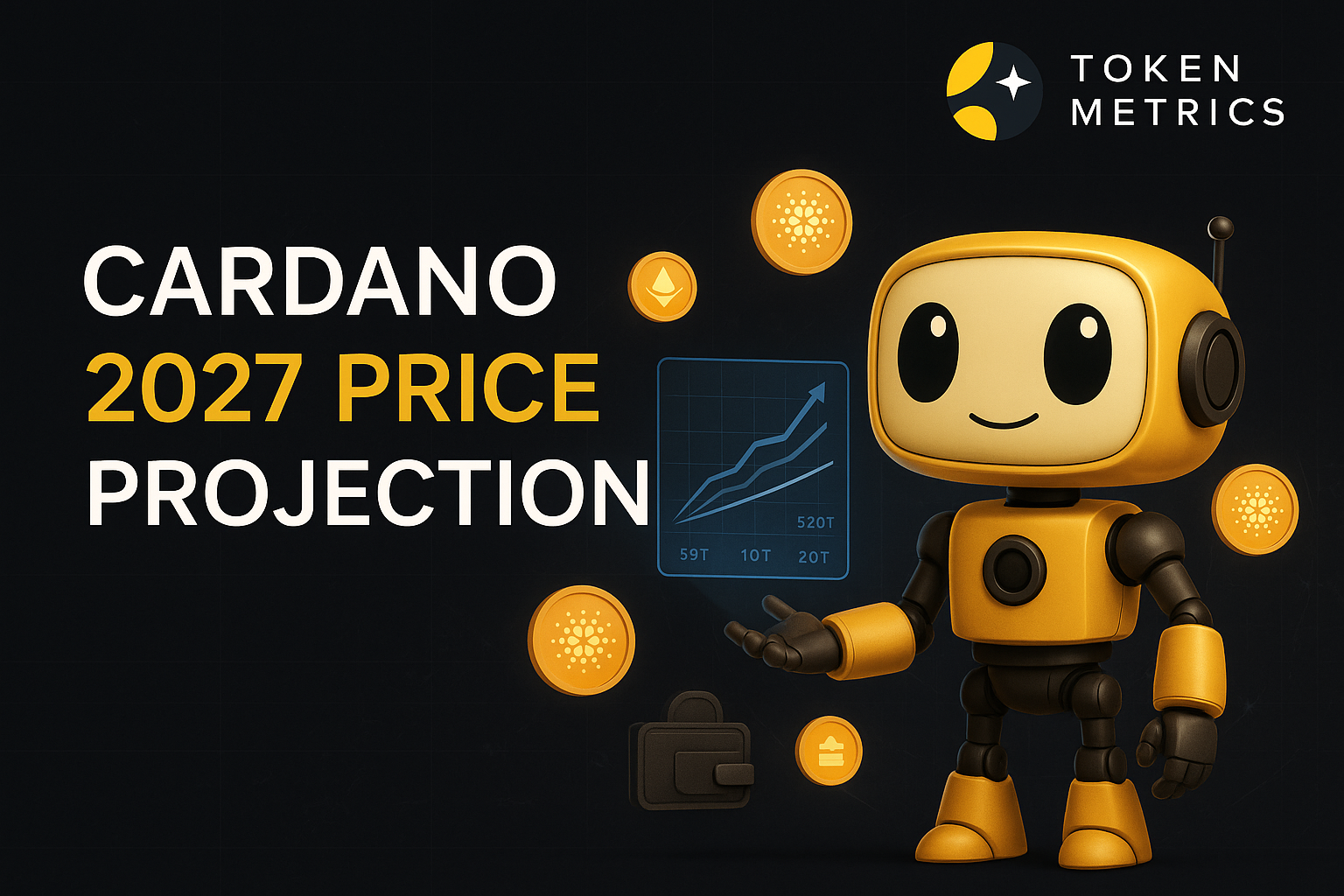








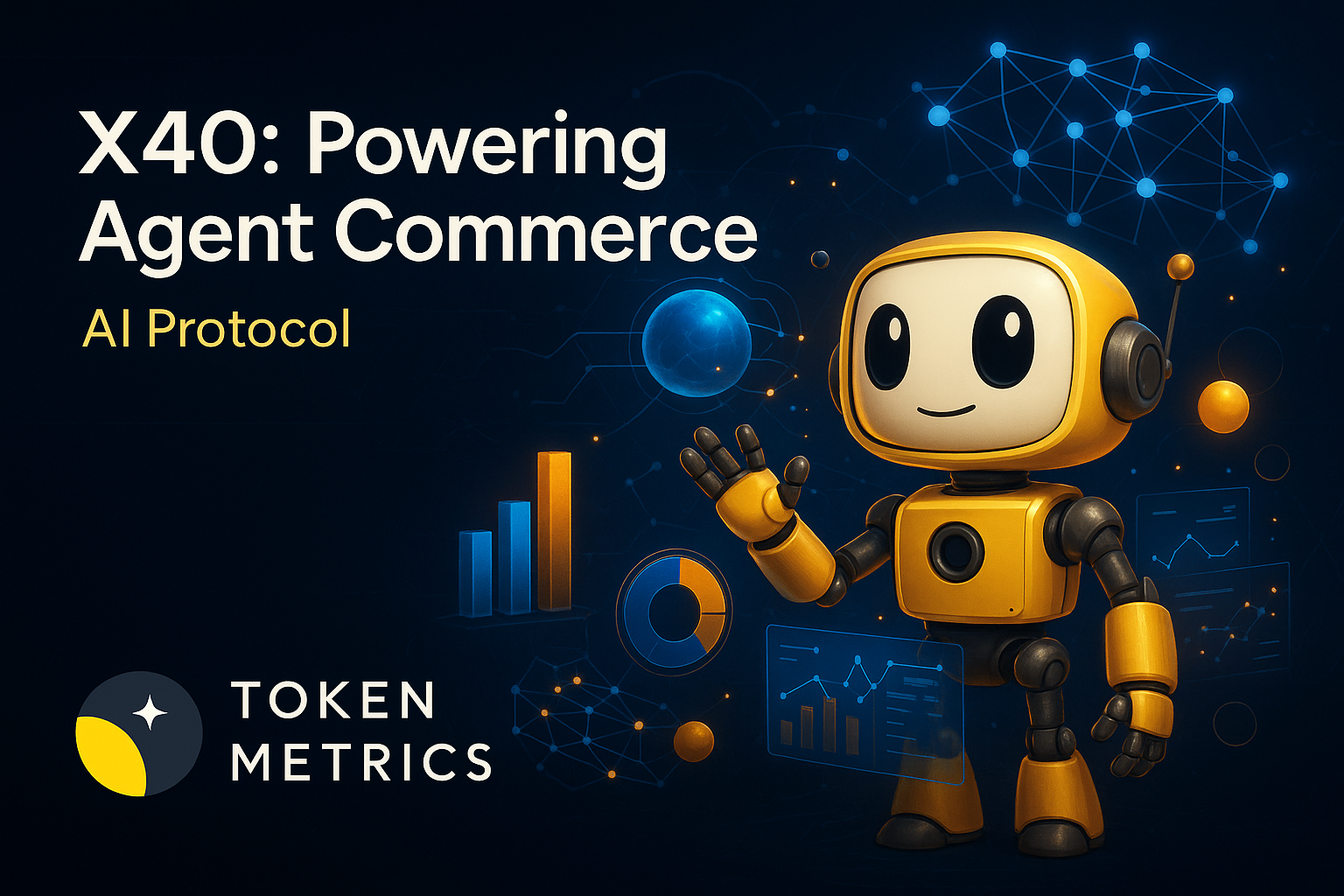



.svg)




.png)